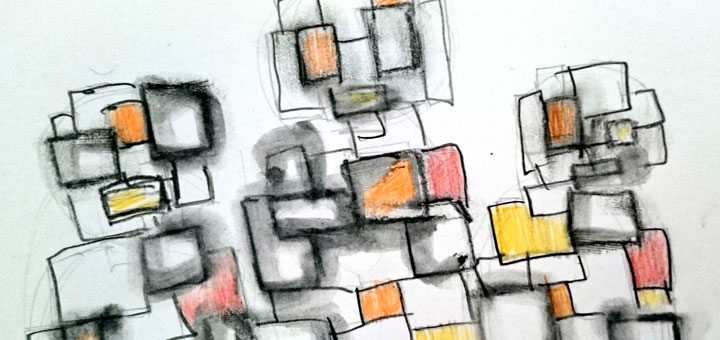If you get me as a ski instructor I look at your gear, how you stand and see what mood you’re in as I walk over to you. We chat and I ask where you are from, what you do for fun, what you want to do today and your sport experience. As we head off on our lesson, I watch you move. In a few minutes, without you even noticing, I will know how best to teach you…mostly.
“Who is your customer?” is a question I ask all the time and the first answer I often get is about demographics and that isn’t enough to create a great product.
Build a deep understanding of your customer from many pieces
“Those are nice skis, let’s go find the sleepiest, nastiness terrain open,” is not something I would ever say unless I wanted to break someone. Instead I create a picture of my student by combining all the bits of information I collect and use it to create the best experience for them.
Understanding a customer means lots of interviews, surveys, tests and other methods. It requires going deeper than demographics into needs, goals, values, pain points and motivation. You’ll need this to build the right product and experience.
Respond to changing customer demands
In my quick assessment of a student I will get somethings right and somethings wrong so I’m constantly adding, deleting or editing pieces of my picture of them. My picture is never complete, it evolves as my student evolves so I can continue to help them grow as a skier.
You never have time to fully understand your customer in the beginning, take what you have and work with it but never stop trying to understand the customer because their needs, expectations and pain points will continually change.
Keep your focus narrow
The larger my class gets, the less well I know my students and the less able I am to meet their individual needs. Many clients I work with are really excited about the possibilities of their product and all the different types of people they can serve. It’s tough to accept starting with just one type of customer, but the more types of customers you target the less well it will serve those customers.
Image: I got to sketching again while thinking about all the different and dynanic inputs that go into an understanding of a customer


3 Responses